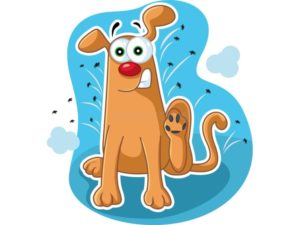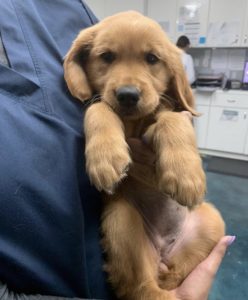As we prepare to winterize our garage, cabin, or house, keep in mind that there are some more dangerous rat poisons to pick from than others. Always make sure to place these poisonous baits in areas where your pet can’t reach them (i.e., high up on shelves, hidden behind workspaces, etc.). Currently, there are four separate categories of rodenticides available for general use. Each has a different and unique mechanism of action. This results in four different sets of clinical signs in both the target rodent population and our curious pets who might consume them. All of these rodenticides also pose the potential for “relay toxicity”– in other words, if your dog eats a whole bunch of dead mice poisoned by rodenticides, they can get the secondary effects from this. This is most commonly seen in birds of prey (i.e., raptors), so we generally recommend avoiding them in the first place!
Long-acting anticoagulants (LAACs): By far the most well-known and perhaps most widely used rodenticides are the LAACS. This family of rodenticides works by causing internal bleeding and preventing the body from clotting normally. Common signs include coughing (blood in the lungs), large and soft lumps under the skin, vomiting, nose bleeds, bruised skin, exercise intolerance, weakness, bloody urine, bleeding from the gums, and inappetence. With LAACS, it takes 2-3 days before the poison actually takes effect and before clinical signs of bleeding occur, but chronic ingestion shortens the time period. If there is any suspicion of ingestion, a prothrombin test, usually referred to as a PT test, supports the diagnosis (it takes 48 hours after ingestion before this PT test will be abnormal). Fortunately, prescription-strength Vitamin K1, the antidote, is routinely found in most veterinary offices.


